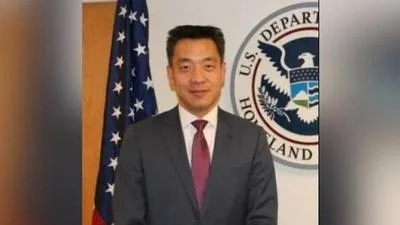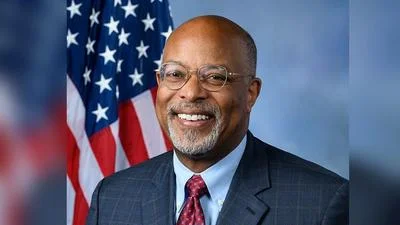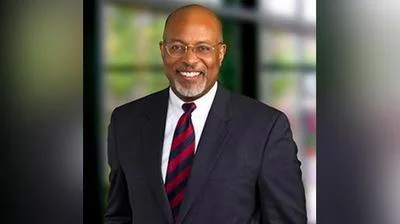Japanese Prime Minister Fumio Kishida | Fumio Kishida/Facebook
Japanese Prime Minister Fumio Kishida | Fumio Kishida/Facebook
• The prime minister of Japan underwent sinus surgery on a Saturday and returned to work on Monday.
• He said the procedure went "smoothly" and thanked everyone for their "concerns and encouragement."
• A local doctor said that innovation has made sinus surgery faster and less invasive.
Japanese Prime Minister Fumio Kishida recently underwent sinus surgery in Tokyo to treat chronic sinusitis, which he had previously been managing with medication.
Dr. James Oberman of Frederick Breathe Free Sinus & Allergy Centers told Maryland State Wire that balloon sinuplasty is a quick, painless, minimally invasive procedure, especially compared to older sinus surgeries, and it helps return the sinuses to their normal function.
"For conventional surgery, I advise patients: You'll be out of work or school for about seven days recovering, concentrating on rinsing your nose and not blowing your nose, and seeing me for debridements on a regular basis. Versus the minimally invasive approach, where there's usually maybe one day, the day of the procedure, maybe at max one day afterwards downtime," Oberman said.
According to AP News, Kishida had suffered from sinusitis symptoms for the past year, which he had treated with medication. However, he decided to have the surgery “in order to be in perfect health.” Throughout the past year, local media had sometimes commented on Kishida's stuffy nose and congestion. He had the procedure done on a Saturday and said he planned to return to work the following Monday.
“The surgery went smoothly, and I have returned to my official residence,” Kishida said. “Thank you very much, everyone, for your concerns and encouragement.”
Chronic sinusitis is one of the most common chronic medical conditions among Americans, causing a negative effect on a person's quality of life, according to the National Center for Biotechnology Information (NCBI). NCBI conducted a study comparing patients who underwent functional endoscopic sinus surgery (FESS) with patients who opted for a balloon sinuplasty and found that, although both procedures are effective, balloon sinuplasty patients needed fewer antibiotic treatments after having the procedure.
FESS involves removing sinus tissue, while balloon sinuplasties are "less traumatic," since they don't include removing any tissue and instead rely on dilation to improve sinus function. FESS procedures typically take 90 minutes to two hours, and patients might need up to four weeks to recover, during which time they should avoid strenuous activities such as exercise.
On the other hand, a balloon sinuplasty procedure lasts 10 to 15 minutes, and patients typically recover within one to two days. Most patients can resume their normal activities during that time, although they may experience some swelling for up to a week, according to Eisemann Plastic Surgery Center.
If you're interested in learning more about the symptoms of sinusitis and allergies, take this Sinus Self-Assessment Quiz.




 Alerts Sign-up
Alerts Sign-up